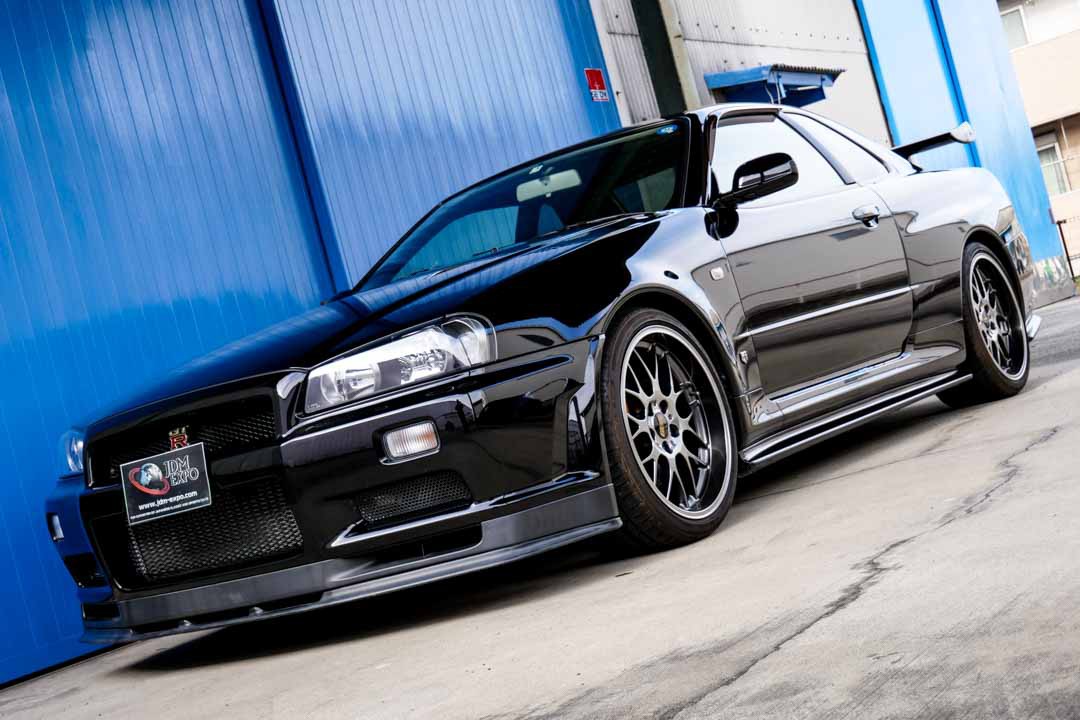
This can be a bit confusing to get your head around, as we will cover in the next section. This is not correct – JDM specifically means a vehicle that was produced with the intent of being sold in Japan, and not outside of the country. So someone from Tokyo going down to their local Toyota dealership, for example, and buying a new car to drive to work.Ī common misconception is that JDM refers to any Japanese produced vehicle. The Japanese domestic vehicle market is people buying cars in Japan, for use on Japanese roads. JDM primarily refers to cars, but can also include car parts/accessories specific to the Japanese market. JDM means any car manufactured specifically for sale in Japan, and not for export to overseas markets such as the United Sates or Europe. JDM Meaning – The Quick Versionĭon’t want to hang around too long? Here’s a quick explanation of JDM: JDM is an acronym for Japanese Domestic Market. Conclusion – JDM Meaning & Why It Matters.Why Do People Use The Term JDM To Refer To All Japanese Cars?.There Are “True” JDM Cars And JDM “Variants” – The Difference Is Important.With that in mind, let’s take a look at JDM’s meaning and history, and what the term means for you as a prospective car buyer.

We are also big fans of Japan and Japanese culture (in fact, our editor in chief currently lives in Japan – right in the heart of Tokyo – having trekked all the way from New Zealand … he is our “man on the ground” for all things Japanese motoring).Īs such, a big part of the focus with this site is on Japanese cars and JDM in particular. In this short article, we are going to cover the meaning of JDM and the origins of the term, as well as quash some common myths about this popular type of car.Īt Garage Dreams we are massive fans of Japanese cars. There’s a big difference, and we want to help you get it right. We aren’t talking about the “popular” definition, but the real meaning of JDM. a Ford or a Chevrolet).īut what does JDM mean when it comes to cars? Many think that JDM’s meaning is any Japanese car, as opposed to a “domestic” car (for the American market, e.g. Others might think of the type of cars that were popular in the early Fast and Furious movies. JDM conjures up images of Nissan Skyline GT-Rs and Toyota Supras tearing up the Tokyo expressway, Midnight Club style. Maybe your friend has invited you over to check out their totally sick new JDM ride, or you’ve been invited to a JDM festival or car meet, or you’ve fallen into the YouTube black hole of JDM videos. Also known as the "gentleman's agreement," this pact prevented Japanese manufacturers to exceed the 276-horsepower mark up until 2005.If you’ve got any interest in cars (and you probably do – or else how did you stumble across this site!) then you will have likely come across the term JDM – but this is a term that causes a lot of confusion, and in this JDM meaning guide we are going to “set the record straight” on something that many people don’t really understand. You see, Japanese automakers purposefully made the engines of their cars sturdier and more easily upgradeable while keeping their out-of-the-factory numbers lower in order to not provoke unnecessary horsepower competition. Honestly, some of the most badass tuners out there are pure JDM beasts. The process of getting an authentic JDM vehicle may not be unique, but the vehicles themselves certainly are. Surprisingly, though, a lot of people still mistake any Japanese-built car as "JDM" when that couldn't be further from the truth. It's called "Japanese Domestic Market" for a reason. Purchasing a classic one from the factory and importing it to the United States, however, is. Getting a brand-new Nissan R35 GT-R from a dealership in Ohio is NOT JDM. In actuality, it's the backbone of global marketing: importing and exporting. The idea behind JDM cars is not a unique one.


 0 kommentar(er)
0 kommentar(er)
